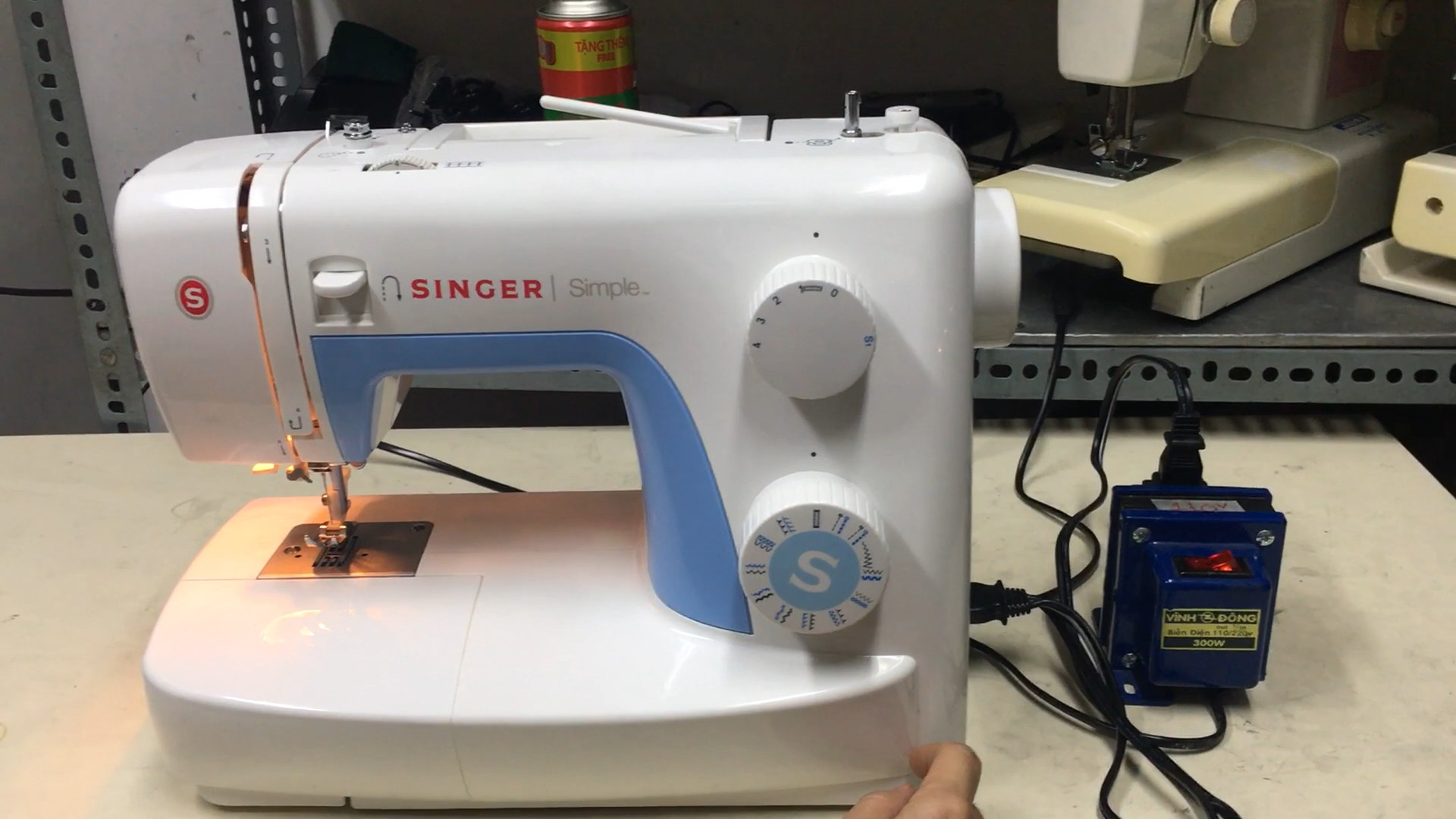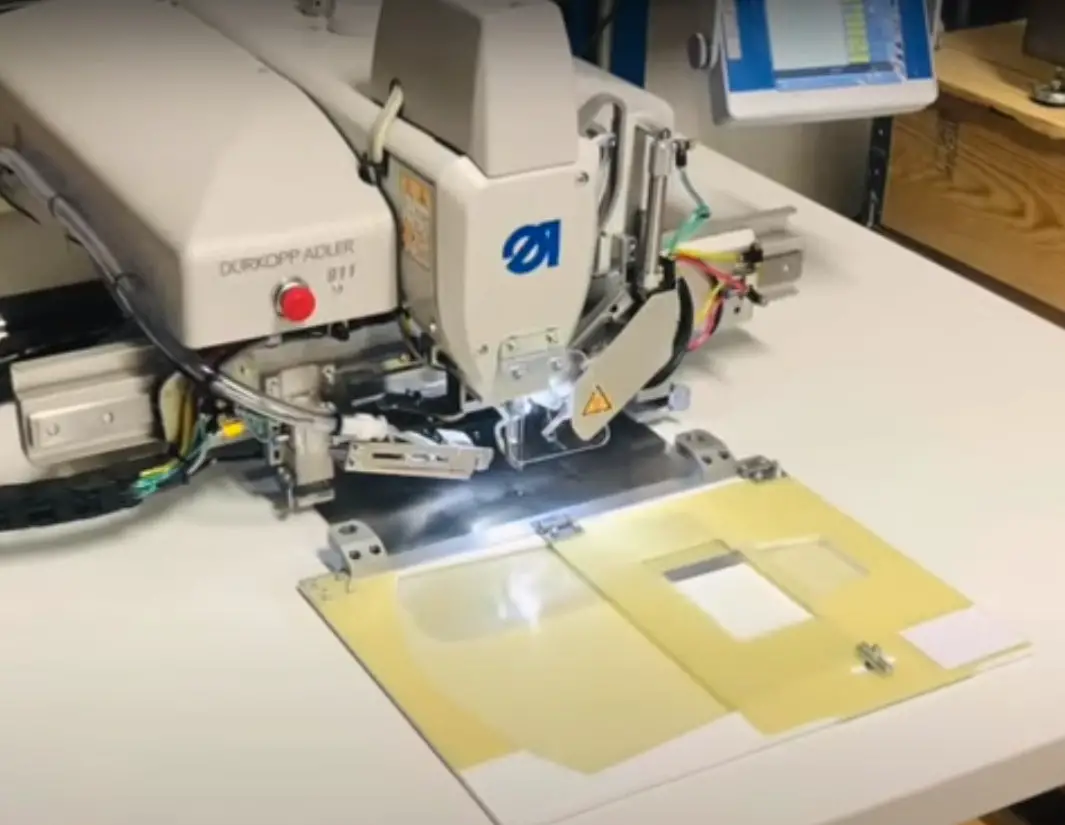Singer Sewing Machine won’t turn on and How to solve
Sewing machines can’t work at their peak forever. Even products from reliable brands like Singer may break over time. So what should you do when your Singer sewing machine won’t turn on?
There are causes and solutions for this problem. Do not panic when your precious machine malfunctions. Let’s check our guide to handle the situation!
Table of Contents
Singer Sewing Machine Won’t Turn On
This problem can be simpler than you think. Often, you can blame the power switch, bulb, foot control, or power cord. So how to solve it?
There are several things to check so that you can identify the real cause:
Light bulb
Some Singer models can only work only if you burn the light bulb or blow a fuse. Hence, ensure that the bulb is in good working order.
Foot control
Do you insert the foot pedal into its place correctly? If not, your machine won’t turn on and work as usual.
Fuses
Your house and the machine have fuses. Check the fuses on both. A Singer machine can’t work because of the lack of a power supply.
Power switch
Check if you have pushed the switch to the “on” mode. It sounds simple, but many people make the same mistake of missing this point.
Read more: What to do when your sewing machine gets jammed
Power cord
Frayed or loose wires may short out the fuse. If it’s your problem, replace the cord. This solution requires some electricity expertise, making it pretty dangerous. So if you are not confident, call an electrician for help.
We have mentioned all the causes and solutions for a Singer sewing machine that can’t turn on. If none of them works, bring the unit to a Singer repairman. He will address the issue correctly and quickly.

Other Problems With A Singer Sewing Machine
Your machine not turning on is one problem you may have when using it. We cover some other possible cases and how to tackle them.
Thread loops below the fabric
A thread drops out of its path between the needle and the spool. There will be an ugly nest on your clothes as a result.
You must take the fabric out, carefully cut the tangled thread with a seam ripper, and then carefully rethread your machine.
Shredding thread
You may be using the wrong size needle if you notice the thread shredding like a strand of ratty yarn when you sew.
If not, you might need a new thread spool. When stitching with old thread, several problems might arise since the thread grows brittle with time.

Fabric stuck
Check whether the presser foot has got lower if nothing happens when you push the foot pedal or spin the handwheel.
Other potential causes include a thread nest due to improper threading, blocked feed dogs, or stitch settings. Also, ensure to plug in and. Then, check the power wire and the foot pedal cord as well!
Broken needle
If you accidentally stitch over a pin, the needles may break. Moreover, they may break if worn out or bent from excessive use.
It’s advisable to change the sewing machine needle regularly. Your project will be more straightforward with a new needle.
Read more: Embroidery Vs Sewing Thread
Lower/upper thread snapping.
Inspect rough areas on the spool that can trap the thread as it stretches if the upper thread snaps. Perhaps you need a lower setting. Rethread the sewing thread route as well, if necessary.
Try removing the bobbin and then reinstalling it in the bobbin case if you notice that the lower thread emerging from the bobbin snaps when you stitch.
Check the upper tension level and rethread the thread as well.
Skipped stitches
Try replacing or reattaching the needle if you have a shaky line of stitches.
This problem can also occur if you don’t have the right kind of needle or thread for your cloth, so double-check that too!
Loose stitches
You don’t want the stitches to slip apart because of loose threads!
Try rethreading your sewing machine first. Generally, a thread that has come loosened from the tension discs are the cause of loose seams.
You may also want to try different tension settings to discover the ideal setting for your fabric and thread.

Puckered fabric
The most common reason for puckered fabric is the wrong tension settings. This problem can arise when you use fabric and thread that stretch at various rates.
Loud noise
If your machine starts making a weird sound, stop sewing right away! You should probably clean the machine and get rid of accumulated dust.
Pedal not working
The foot pedal’s internal wires might get frayed, damaged, or loose. If you are familiar with wiring and circuits, it should be a simple fix for you to complete.
Alternatively, you may save time by just buying a new foot pedal and attaching it to the sewing machine.
You may need a specialist to find out why there isn’t any power moving to the foot pedal. If you don’t have any ideas about rewiring the gadget, the electrician will help.
Hand wheel stuck
There are several causes for this issue, but none of them are fixable by a do-it-yourselfer. You need an experienced repairman for the job.
The bobbin gear is typically the cause for this issue on vintage sewing machines. Your only solution is to replace it. Of course, contact a qualified person in this case.

Conclusion
A Singer sewing machine may not turn on because of the supply power, power cord, or other similar causes. You can handle the case yourself. And when you can’t, call a repairman for help.
Hopefully, you will find this article helpful. If your friends have the same problem, share it with them. They will appreciate your help.
Thank you for reading!





